Georges Brisson (1902-1980) is the son of a Nantes industrialist. He attended the Beaux-Arts in Nantes for three years. His collaboration with the HB factory dates back to the 1920s. The pieces he creates in Quimper are generally marked by a formal simplicity which follows the art deco trend; he also participates in the production of Odetta stoneware. Two medals recognized the artist's work in 1920 at the Decorative Arts Exhibition and in 1931 at the Colonial Exhibition. In parallel with his production in Quimper, he developed his career as a painter. At the end of the 1920s, his meeting with Miró in Paris finally set him on the paths of the contemporary world. Brisson led his career in the Nantes region, where he participated in particular from 1934 to 1954 in the main exhibitions of the Groupe Régional Indépendant. The Nantes Museum of Fine Arts dedicated an exhibition to him in 1978, two years before his death.
Odetta period (1925-1936) at HB Quimper: She sought her inspiration from the primitivism which infiltrated all artistic fields in the 1925s. The Celtic origins of the Bretons have always been indicated in their art by decorative signs whose geometry is reminiscent of that found in African and Oceanian arts. The HB house chose stoneware for Odetta, which it skillfully enamelled with dark gray and blue colors, contrasting with the softness of celadon greens, ivory whites, or even the luminous shine of gold. To differentiate these works from classic production, they were produced from 1925 under the ODETTA brand (Ateliers de l'ODET). Many earthenware manufacturers then resort to the use of additional brands so as not to rush a conservative clientele who may be shocked by the novelty of abstract decorations. They call on artists, some of whom are already known. Among them, we can cite here Georges Brisson, Alphonse Chanteau, Louis Garin, René Olichon, Georges Renaud, Paul Fouillen, Abadie Landel, René Beauclair...





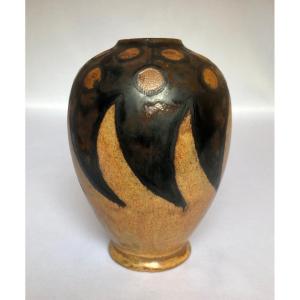





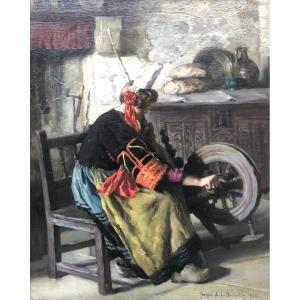



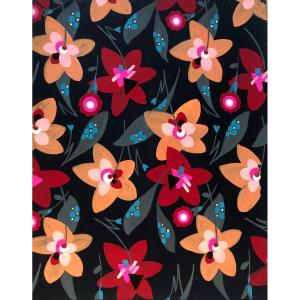


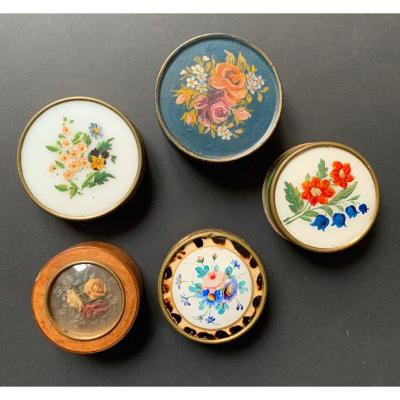
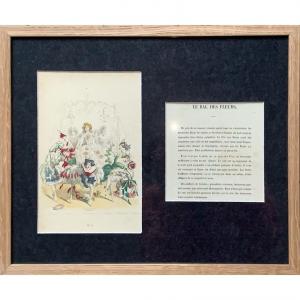





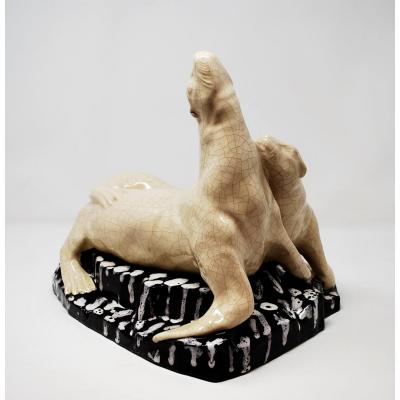


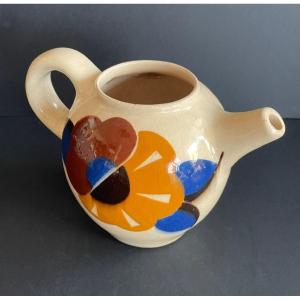



 Le Magazine de PROANTIC
Le Magazine de PROANTIC TRÉSORS Magazine
TRÉSORS Magazine Rivista Artiquariato
Rivista Artiquariato